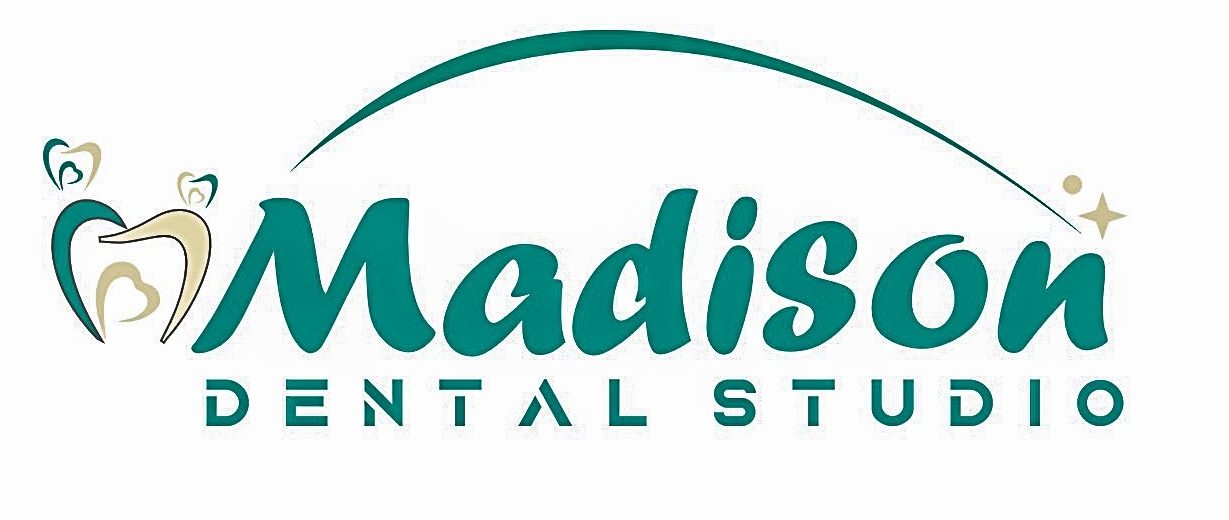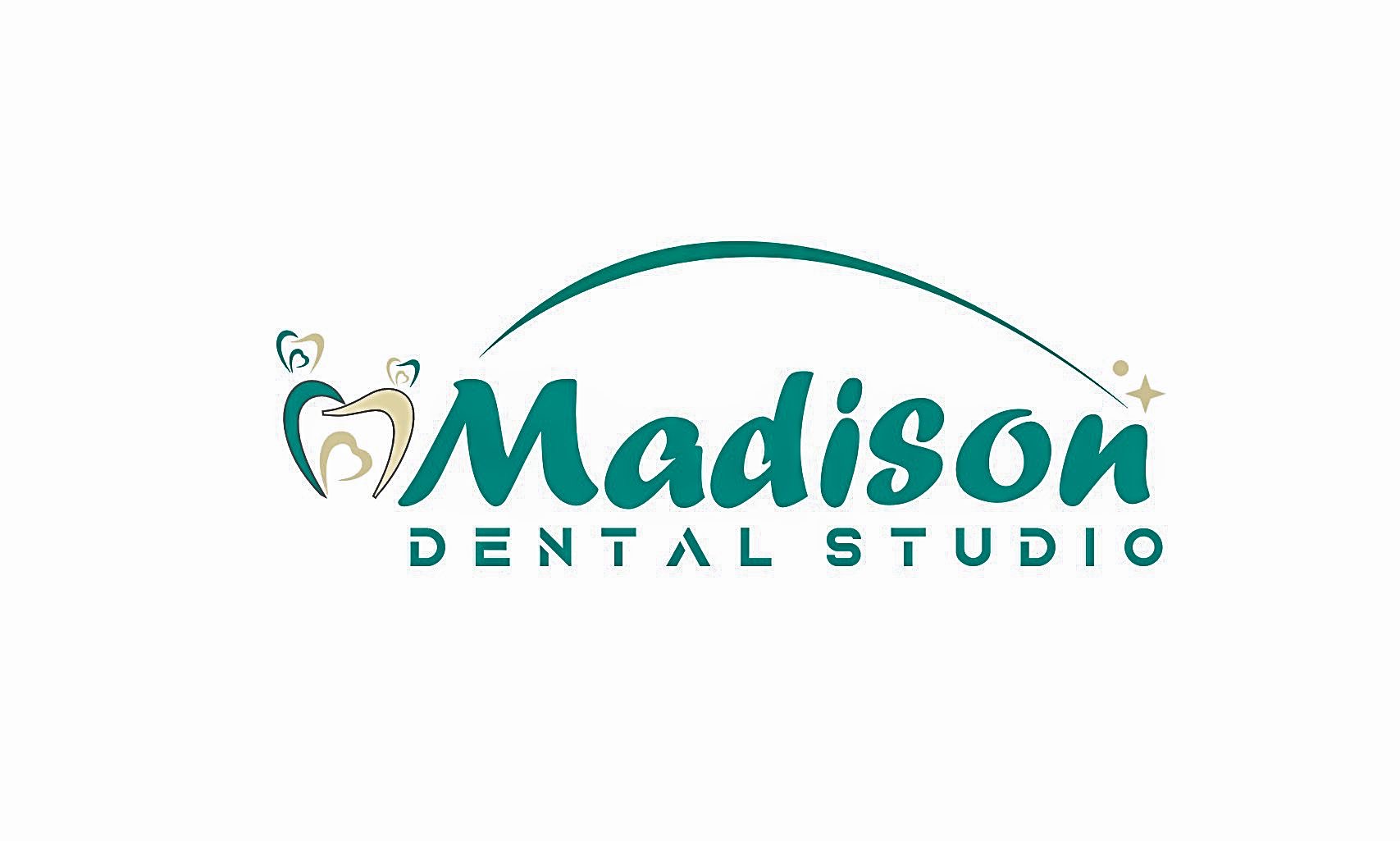Dental Plaque
Everyone has dental plaque. This sticky film forms on teeth when bacteria in the mouth mix with sugary or starchy foods. Tooth brushing and flossing get rid of plaque. If you don’t remove plaque, it hardens into tartar. Plaque can lead to cavities, gingivitis (gum disease) and tooth loss. Regular dental checkups remove plaque and protect teeth.
What is plaque?
Plaque is a sticky film of bacteria that constantly forms on teeth. Bacteria in plaque produce acids after you eat or drink. These acids can destroy tooth enamel and cause cavities and gingivitis (gum disease).
Plaque can also develop under the gums on tooth roots and break down the bones that support teeth. Untreated plaque can harden into tough-to-remove tartar. Proper oral hygiene, including daily brushing and flossing, gets rid of plaque.
How common is plaque?
Everyone has dental plaque to some degree. If your teeth feel fuzzy when you run your tongue over them, that’s plaque.
Who may be more likely to get plaque?
Although everyone gets plaque, you may develop more plaque than usual if you:
Consume a lot of sugary or starchy foods or drinks.
Have dry mouth due to medications like antidepressants or conditions like Sjögren’s syndrome.
Have a history of head/neck radiation.
Smoke.
SYMPTOMS AND CAUSES
What causes plaque?
Plaque forms when bacteria in your mouth mix with sugary or starchy foods, such as milk, juice, soft drinks, bread, pasta and fruit. These bacteria release acids that break down carbohydrates in food and drinks. If you don’t brush your teeth soon after eating or drinking, the combination of bacteria, acids and carbohydrates can mix into a sticky, colorless film called plaque.
What are the symptoms of plaque?
A fuzzy feeling on the teeth is the top sign that you have plaque. Other indicators include:
Chronic bad breath (halitosis).
Red, swollen, tender gums that bleed after brushing (gum disease).
What are the complications of plaque?
If you don’t brush and floss daily, plaque can harden into tartar. Only a dental professional can remove tartar. Plaque and tartar can lead to:
Cavities.
Gingivitis and periodontal (gum) disease.
Severe gum infection (periodontitis).
Tooth decay and loss.
Tooth infection (abscessed tooth).
DIAGNOSIS AND TESTS
How is plaque diagnosed?
Your dentist or dental hygienist uses instruments during regular dental checkups to find and remove plaque. Plaque can cause cavities. You may also get dental X-rays to check for cavities.
MANAGEMENT AND TREATMENT
How is plaque managed or treated?
Good oral hygiene, including regular brushing and flossing, removes plaque and prevents tartar buildup. During a dental examination, your dental professional will scrape plaque and tartar from your teeth. Your provider may also recommend:
Dental sealants to keep plaque from forming on the top chewing surfaces of teeth.
Dry mouth medications to increase saliva production.
Fluoride treatments to slow the growth of plaque-causing bacteria and stop tooth decay.
Prescription toothpaste or antibacterial mouthwash (chlorhexidine).
PREVENTION
How can I prevent plaque?
Good tooth and gum care is key to reducing plaque. You should:
Floss daily: Floss once a day with dental floss or a water flosser to get rid of food and plaque stuck between teeth. Studies show that flossing before brushing teeth removes more plaque.
Brush twice a day: Brush teeth for two minutes with a soft-bristled toothbrush (manual or powered) and fluoride toothpaste. Brush at least twice a day, and preferably after every meal.
Chew sugarless gum: If you can’t brush soon after eating or drinking, chew sugar-free gum. Choose a kind that has the American Dental Association (ADA) seal.
Choose healthy foods: Cut back on sugary, starchy foods and drinks. Instead, choose nutritious foods and snacks such as plain yogurt, cheese, raw vegetables or fruit.
See your dentist: Get dental checkups at least twice a year.
Use mouthwash: Rinse with an over-the-counter or prescription antiseptic mouthwash.
OUTLOOK / PROGNOSIS
What is the prognosis (outlook) for people with plaque?
Everyone has mouth bacteria that cause plaque. With proper oral hygiene, you can remove plaque and prevent serious dental problems.
Because plaque can cause cavities, tartar and gum disease, regular dental checkups are a must. If plaque and tooth decay go undetected and untreated, you could develop a painful gum infection or lose teeth.
LIVING WITH
When should I call the doctor?
You should call your healthcare provider if you experience:
Chronic bad breath.
Facial swelling.
Loose tooth.
Pain or difficulty chewing.
Redness around or inside the mouth.
Swollen, bleeding gums or other signs of gum disease.
Toothache or mouth pain.
Tooth sensitivity to hot or cold foods or drinks.
What questions should I ask my doctor?
You may want to ask your healthcare provider:
What’s the best way to prevent and get rid of plaque?
How can I lower my risk of cavities and gum disease?
What dietary changes should I make to reduce plaque?
What should I look for in a toothbrush, toothpaste and mouthwash?
How often should I get dental cleanings?
Should I look out for signs of complications?
From Cleveland Clinic

